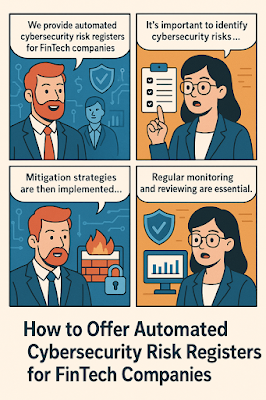ChatGPT Plugins for SEC Disclosure Language Review

ChatGPT Plugins for SEC Disclosure Language Review Every public company faces the ongoing challenge of producing clear, compliant, and investor-ready disclosure documents for the SEC. Yet the language of 10-Ks, 8-Ks, S-1s, and proxy statements is often dense, outdated, and prone to regulatory risk. Enter ChatGPT plugins: AI tools that can analyze, refine, and align SEC filings with evolving legal and investor standards—all while staying human-readable. 📌 Table of Contents Why SEC Disclosure Language Needs AI Help How ChatGPT Plugins Are Trained for Legal Use Key Features of SEC-Focused AI Plugins Sample Workflow for Legal and Compliance Teams Plugin Tools, Use Cases, and Cautions Why SEC Disclosure Language Needs AI Help SEC disclosure documents are legally binding, investor-facing, and scrutinized by analysts and enforcement bodies alike. However, many filings contain: ❌ Boilerplate risk language that lacks specificity ❌ Unclear forward-looki...







